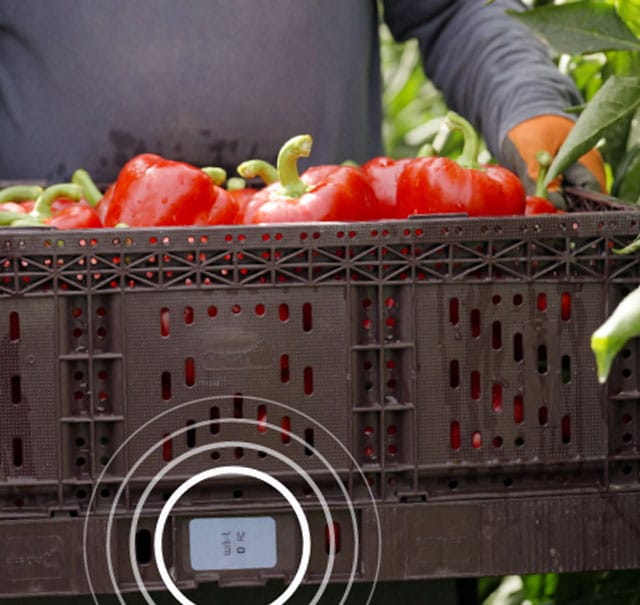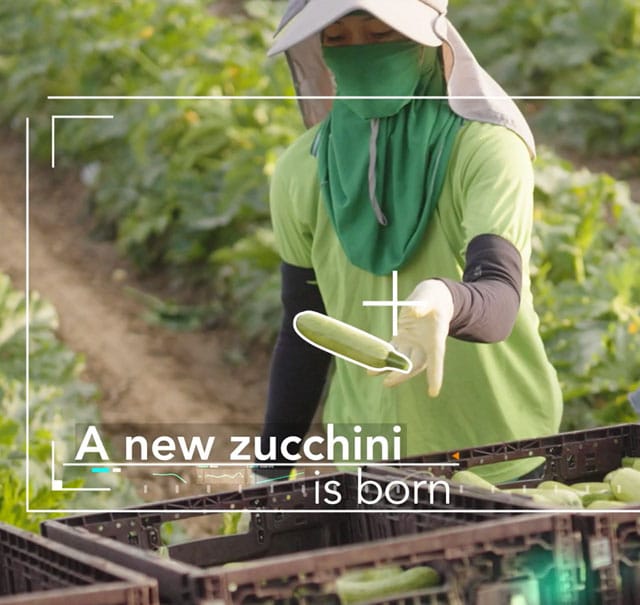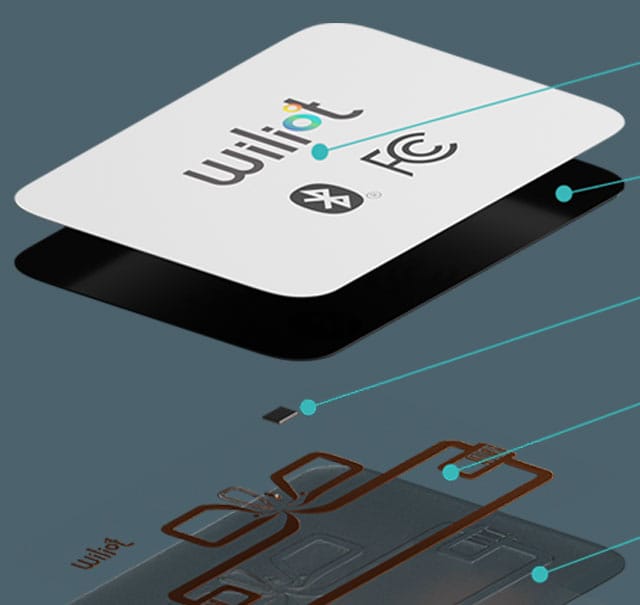Retailer Shufersal First to Use IoT Pixel for Temperature Control
Wiliot IoT Pixel

The structure and operation of a Pixel is similar to that of a UHF RFID tag, but it is easier to power and read.
Structure of the Wiliot IoT Pixel
The Wiliot IoT Pixel is not much bigger than a rectangular postage stamp. It measures 2.8 x 4.4 centimeters and is 0.2 millimeters thick. The Wiliot chip with ARM processor is located on a plastic carrier foil under a light barrier layer. This is why the IoT Pixel can rightly be called a Bluetooth computer. The antenna underneath converts radio waves into energy and also transmits data. There is an adhesive layer on the underside of the Pixel.
Functionality of the Pixel
The IoT Pixel uses Bluetooth infrastructure. It is charged and activated by radio waves from WLAN networks or smartphones within one second. It can then transmit data for 20–30 seconds. The data packets are composed of the Pixel's own identification number (ID) and sensor data. They are encrypted with 128-bit AES. The transmission range of the chip is 10 meters. If there is no WLAN in the vicinity, data can be sent using a bridge device.
Locating the Vegetable Crate
The contents of the crate are located indirectly via the IoT Pixel on the crate. The basis for this is the ID of the crate, which is created in accordance with the GS1 standard for Global Returnable Asset Identifier (GRAI).
It is composed of a company code, a numeric code for the type of container and a serial number. When multiple Pixels from one area in the cold store or supermarket send their ID, the position of a single crate is calculated relative to the positions of the others.
Charging with Bridge Devices
Bridge devices increase the range and make it possible to filter transmissions from many Pixels to gateways. In addition to radio waves, they also serve as an energy source. Two or three bridge devices are enough to charge thousands of IoT Pixels in a 5x5 m room. The bridges also detect data packets from different IoT Pixels and forward them to the Wiliot Cloud; and they amplify Bluetooth transmissions to gateways. The bridge devices have a 5 V power connection via USB.
The Wiliot Cloud
The IoT Pixels could send data every second and generate large cluttered data sets. To avoid this, the data is already filtered on-site by the Edge. A temperature tolerance range is stored in the Wiliot Cloud for the respective vegetable. Only when the tolerance range is exceeded is data evaluated to a greater extent and a call to action triggered. With the Pixel, Wiliot does not want to eliminate the problem after it has occurred, but to prevent problems.
Wiliot IoT Pixel
- Wiliot founded in 2017 in Israel
- IoT Pixel introduced in 2019
- Version 2.0 January 2022
- 2.8 x 4.4 cm – 0.2 mm thick
- Activated by radio waves
- Range of 10 m
- Lifetime limited only by tag remaining intact
- 150,000 IoT Pixels active at Shufersal
- Approx. 1 million IoT Pixels by the end of 2023
Contact: Steve Statler, SVP Marketing at Wiliot





